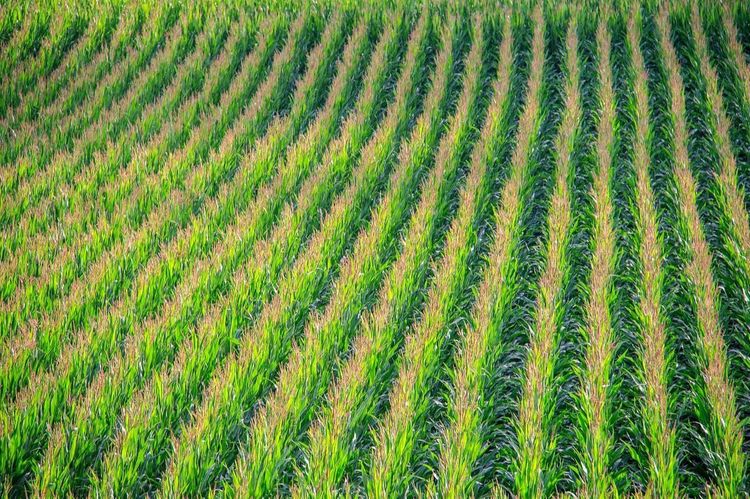What We're Watching This Week - April 17, 2017
TRADE POLICY-LIVESTOCK
S. Korean Trade Pact Gives Wings to US Pork Exports:
US pork exports to South Korea were roughly 29% higher year-over-year through February. More importantly, Gro shows that March US weekly export sales to Korea are still trending well ahead of year ago levels. The fear of a protein shortage after recent livestock disease outbreaks have spurred greater pork imports by South Korea. Related lower import tariffs on US pork is a pivotal reason for US exporters expanding their presence. As US naval ships steam toward the peninsula, we recommend that logistics companies and US livestock producers keep a close watch on weekly US export sales in Gro.

GEOPOLITICS-COMMODITIES
Geopolitical Dynamics Risk Roiling S. Korea's Corn Imports:
South Korea is projected to become the world’s ninth largest market for animal feed. It should come as no surprise then that South Korea consistently ranks within the top five global importers of corn. In fact, year-to-date corn exports from the US to South Korea have doubled from a year ago. While the level of corn and meat exports to the Republic can fluctuate in response to livestock levels, South Korea has been a solid trade partner for US agriculture. Given that geopolitical tensions could, at least, temporarily accelerate or disrupt trade flows, we encourage global agribusiness to use Gro to evaluate the possible trade scenarios that could play out.

FARMING-CLIMATE
Never Too Soon To Focus On China’s Corn Position:
Facing massive corn stockpiles and weak prices, Chinese farmers are expected to cut corn plantings in 2017. China’s Agriculture Ministry is forecasting a 5.4% (~2m ha) drop in corn plantings from the prior season, even as a recent survey of 110,000 farmers by the National Bureau of Statistics shows that planting will only fall by 4% (~1.5 ha). On the other hand, the same survey indicates that soybean plantings will jump by 8% from last season. While an accurate picture of China’s prospective plantings will take time to form, we would remind traders that they can at least start evaluating early climate signals in Gro.

 Blog
BlogSouth America: Fall Planting Snapshot
 Insight
InsightSoggy Start to Spring Points to Fertilizer Application Delays for US Corn
 Insight
InsightChina’s Grain Imports Reach Record With a Growing Reliance on Brazil
 Insight
Insight

 Search
Search